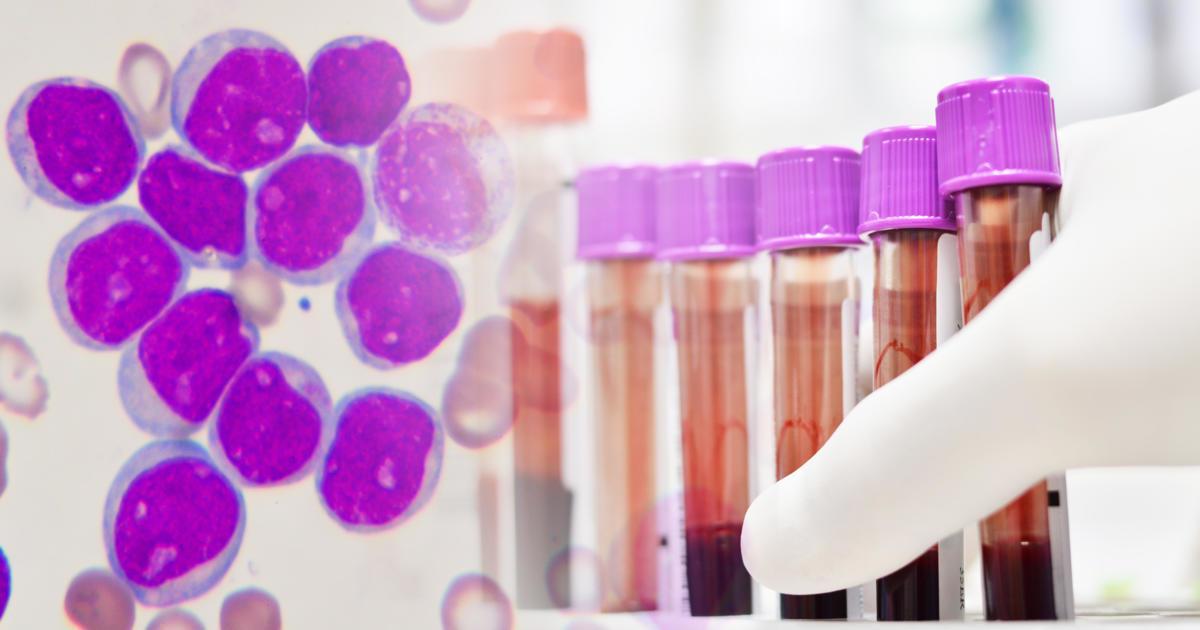What Diseases Can Be Treated With Apheresis?
Leukemia

Leukemia describes several types of cancer that originate in the blood-forming cells. While multiple blood cells can be affected, this cancer is typically in the white blood cells. Depending on the type of this cancer, individuals of all ages can be affected. With some leukemias, the patient’s leukocytes increase significantly, posing the risk of thrombosis due to the blood thickening. To prevent this, doctors might recommend leukapheresis, which involves removing white blood cells from the patient’s blood before returning the blood to the body. This process works fast to reduce the white blood cells. It tends to be more effective and efficient than chemotherapy for this purpose.
Hyperviscosity Syndrome

Hyperviscosity syndrome describes a state in which blood cannot freely flow through the arteries. Due to too many white blood cells, red blood cells, or proteins, blockages in the arteries are possible. Both adults and children can be affected. This syndrome is possible with certain blood cancers and autoimmune diseases. In severe cases, plasmapheresis may be recommended. This involves removing some blood and replacing it with saline solution. This is a process done in balance to ensure the patient’s blood volume does not get too low. By replacing some blood with saline, this helps thin the blood to reduce the risk of arterial blockages.
